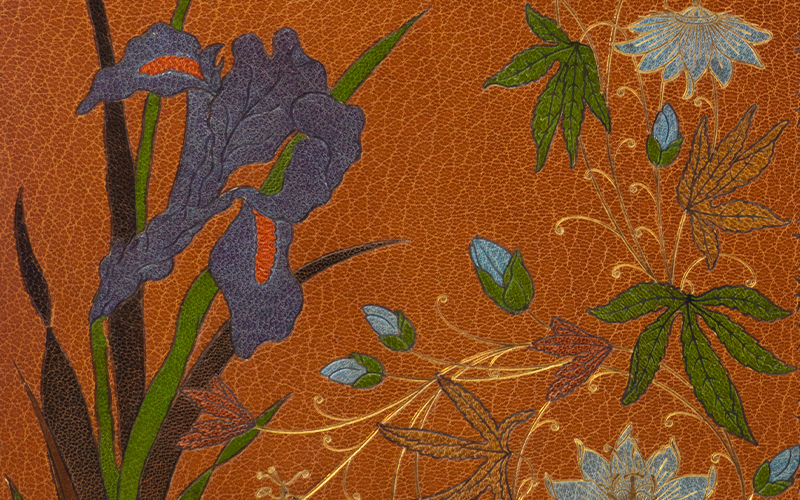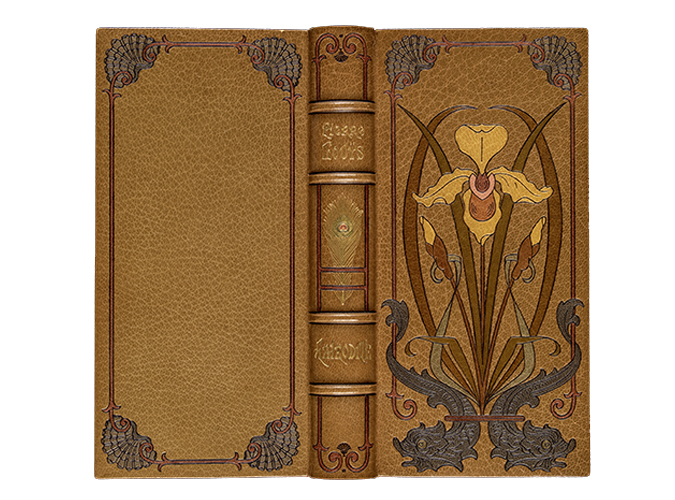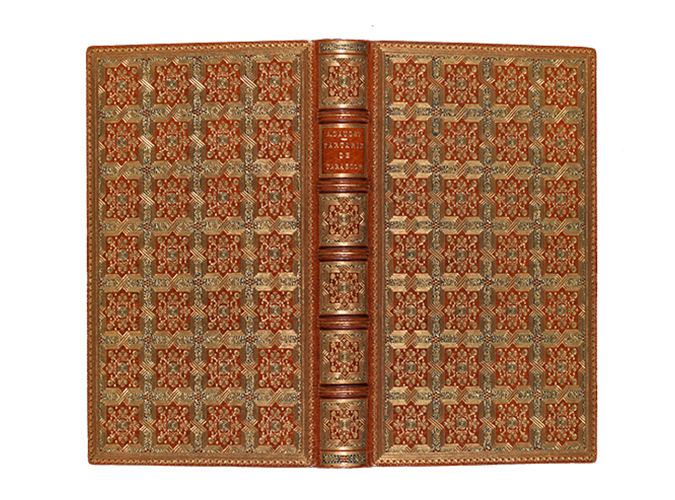The art of French bookbinding

Beyond its function of protecting the core of the book, the binding, as the first point of contact with the work, acts as its visiting card, aimed at capturing attention and enticing readers. This power of seduction is put into practice through decorative techniques that are passed from generation to generation, but which seek to keep up with the developments of the day.

The books currently on display in the 19th-century painting and sculpture gallery were selected for the richness of their bindings rather than for their contribution to literature. Here, the figure of the binder is very much in evidence: Henri Marius-Michel, Marcellin Lortic, Charles Meunier, J. Zaehnsdorf, Émile Carayon and Léon Gruel are, thus, the stars of this new display.

The decoration of these volumes makes use of floral elements, with varying degrees of stylisation, which produce geometric patterns that at times move away from traditional naturalistic representation. Created at the end of the 19th century, these seven bindings in morocco leather are items of high artistic quality and merit our attention not just for their fronts but also for their back covers and end leaves, which incorporate materials such as silk, printed or embroidered.